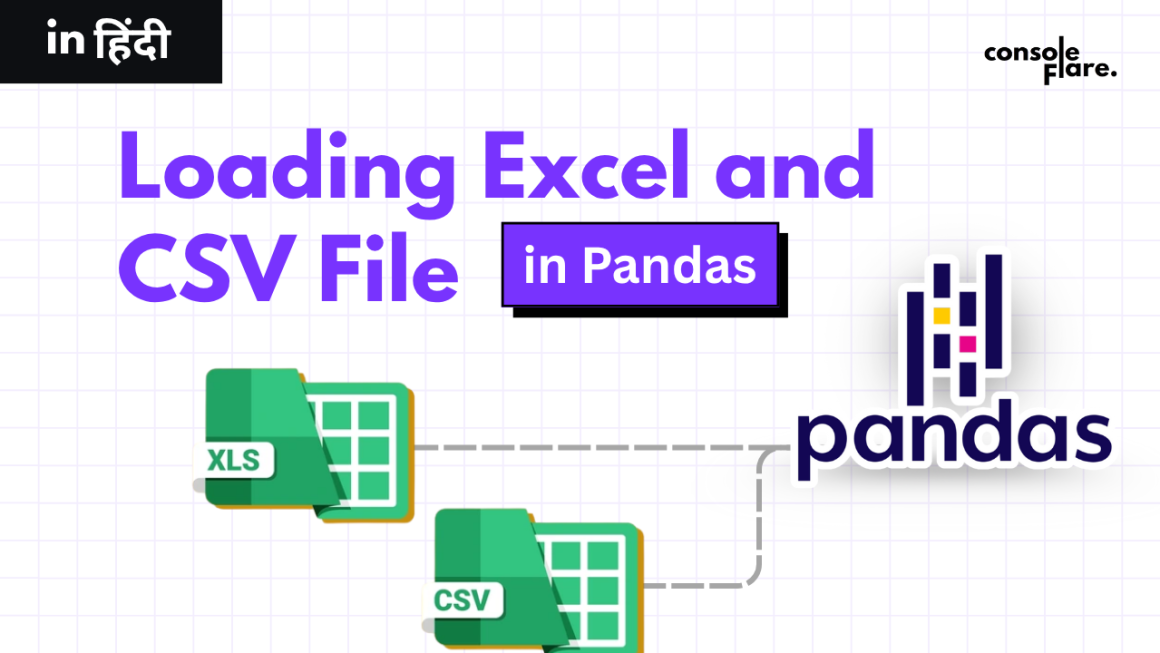Working with large datasets poses unique challenges. Efficient data handling is essential to ensure high performance, scalability, and maintainability. As organizations generate and collect massive volumes of data, extracting timely and meaningful insights becomes critical for making informed business decisions.
SQL remains one of the most powerful and widely used languages for querying and managing large datasets in relational databases. To fully leverage its capabilities, it’s important to adopt strategic techniques for designing, querying, and maintaining databases at scale.

8 Top tips for working with large datasets in SQL
1. Data Modeling
Effective data modeling plays a foundational role in managing large datasets.
- Normalization helps reduce redundancy and ensures data consistency by organizing data into multiple related tables.
- Denormalization, on the other hand, is used to improve read performance by reducing the number of joins required. This can be especially beneficial in analytical workloads where speed is a priority.
Understanding when to normalize versus when to denormalize is crucial for balancing data integrity and performance.
2. Schema Design
Efficient schema design directly impacts performance and storage optimization.
- Choosing appropriate data types helps minimize storage and processing overhead. For example, using INT instead of VARCHAR for IDs can improve performance.
- Partitioning large tables (based on date, region, etc.) helps break them into manageable pieces, improving query speed and performance.
3. Indexing Strategies
Indexes significantly speed up data retrieval, making them essential for querying large datasets.
- Clustered Index: Sorts and stores table data rows based on the index key. Each table can have only one clustered index.
- Non-Clustered Index: Maintains a separate structure from the table and points to the actual data. These are useful for quickly accessing specific columns without scanning the entire table.
Best Practices:
- Use high-selectivity columns (with many unique values) for indexing.
- Apply composite indexes for queries involving multiple columns.
- Avoid over-indexing, as it can slow down write operations.
4. Query Optimization Techniques
Writing efficient SQL queries is key to handling large datasets.
- Avoid using SELECT *; instead, retrieve only the columns you need.
- Apply LIMIT (or TOP) to reduce the number of rows processed.
- Use appropriate JOINs based on relationships between tables.
- Use filters (WHERE clauses) early to reduce result sets.
- Leverage subqueries or CTEs (Common Table Expressions) for complex logic.
5. Analyzing Query Performance
Performance tuning starts with understanding how a query is executed.
- Use EXPLAIN plans to analyze execution steps, index usage, and bottlenecks.
- Identify inefficient patterns like full table scans, unnecessary joins, or missing indexes.
- Utilize query profiling tools to track query execution time and resource usage.
By reviewing and optimizing queries regularly, you can maintain consistent performance even as data grows.
6. Handling Large Data Loads
Importing and managing large volumes of data requires the right tools and strategies.
- Use bulk data import tools (like BULK INSERT, COPY, or ETL frameworks) to efficiently load data.
- Implement data archiving for less-used or historical data to reduce load on primary tables.
- Use partitioning to manage data by age, type, or region.
- Define data retention policies to periodically purge obsolete records.
7. Monitoring and Maintenance
Ongoing monitoring and maintenance are crucial for sustained performance.
- Keep database statistics up-to-date to assist the query optimizer.
- Use automated maintenance tools to schedule updates, re-indexing, and cleanup tasks.
- Monitor key metrics such as query latency, memory usage, and I/O performance.
Regular maintenance reduces downtime and ensures your database performs reliably over time.
8. Advanced Techniques
Advanced techniques provide additional layers of scalability and performance.
- Caching query results for frequently accessed data can reduce redundant computation.
Use materialized views to store precomputed results of complex queries and refresh them on schedule.
- Sharding involves splitting data across multiple servers using shard keys. Choosing an appropriate shard key is essential for even load distribution and performance.
These techniques are especially useful in high-traffic systems and large-scale data environments.
Conclusion
Working with large datasets in SQL requires a thoughtful combination of design, optimization, and maintenance. From schema design to query performance tuning, each step plays a vital role in ensuring your database runs smoothly at scale.
As the demand for data professionals continues to grow across industries, mastering SQL and its best practices can open up exciting career opportunities. If you’re eager to build these skills, Console Flare offers hands-on SQL training led by industry experts, complete with real-world datasets and practical business scenarios.
For more such content and regular updates, follow us on Facebook, Instagram, LinkedIn





